GL5506 5mm LDR (Light Dependent Resistor) Overview
The GL5506 5mm LDR (Light Dependent Resistor), also known as a photoresistor, is a passive light sensor whose resistance varies with the intensity of incident light. In low light the device exhibits very high resistance (megaohm range); under bright illumination its resistance falls to the kiloohm range. This predictable change in resistance makes the GL5506 ideal for light sensing and automatic brightness control in a wide variety of electronic projects.
How the GL5506 LDR Works
- Light photons hitting the photosensitive surface generate charge carriers that reduce resistance.
- Resistance is high in darkness and decreases as light intensity increases.
- Two-terminal design allows simple integration into voltage divider circuits for analog measurement.
Key Features
- Model: GL5506 LDR (5mm)
- Type: Photoresistor (Light Dependent Resistor)
- Resistance decreases with increasing light intensity
- Compact 5mm sensing area for stable detection
- Easy to use with microcontrollers and analog circuits
- Simple two-terminal interface for quick wiring and prototyping
Typical Applications for GL5506 LDR
- Automatic street lights and outdoor lighting control
- Solar garden lights and energy-saving lighting systems
- Light-sensitive alarms and security sensors
- Brightness and contrast adjustment in displays and instrumentation
- General light detection, sensing and automation projects
Using the GL5506 LDR with Arduino and Raspberry Pi
The GL5506 LDR is commonly used in microcontroller projects for light measurement and threshold detection. Typical usage involves forming a voltage divider with a fixed resistor and reading the divider output with an analog input (for Arduino). For Raspberry Pi, use an analog-to-digital converter (ADC) or a comparator circuit to interpret the LDR signal.
Basic hookup tips
- Place the LDR in a voltage divider: Vout = Vcc * (Rfixed / (Rfixed + Rldr)). Choose Rfixed to match the expected ambient light range.
- For light detection switches, use a digital input with a comparator or an ADC threshold.
- Use filtering or averaging in code to smooth rapid fluctuations in readings.
Technical Notes and Best Practices
- Mount the 5mm sensing area facing the light source for consistent readings.
- Avoid exposing the LDR to moisture or corrosive environments to maintain long-term stability.
- Shield the sensor from stray reflections when you need directional measurements.
- If precise calibration is required, measure the LDR response in your target light levels and document the resistance-to-lux relationship.
- The GL5506 is a passive device and requires no power, only a measurement circuit to read resistance changes.
Note: Images are for Illustration Purposes Only

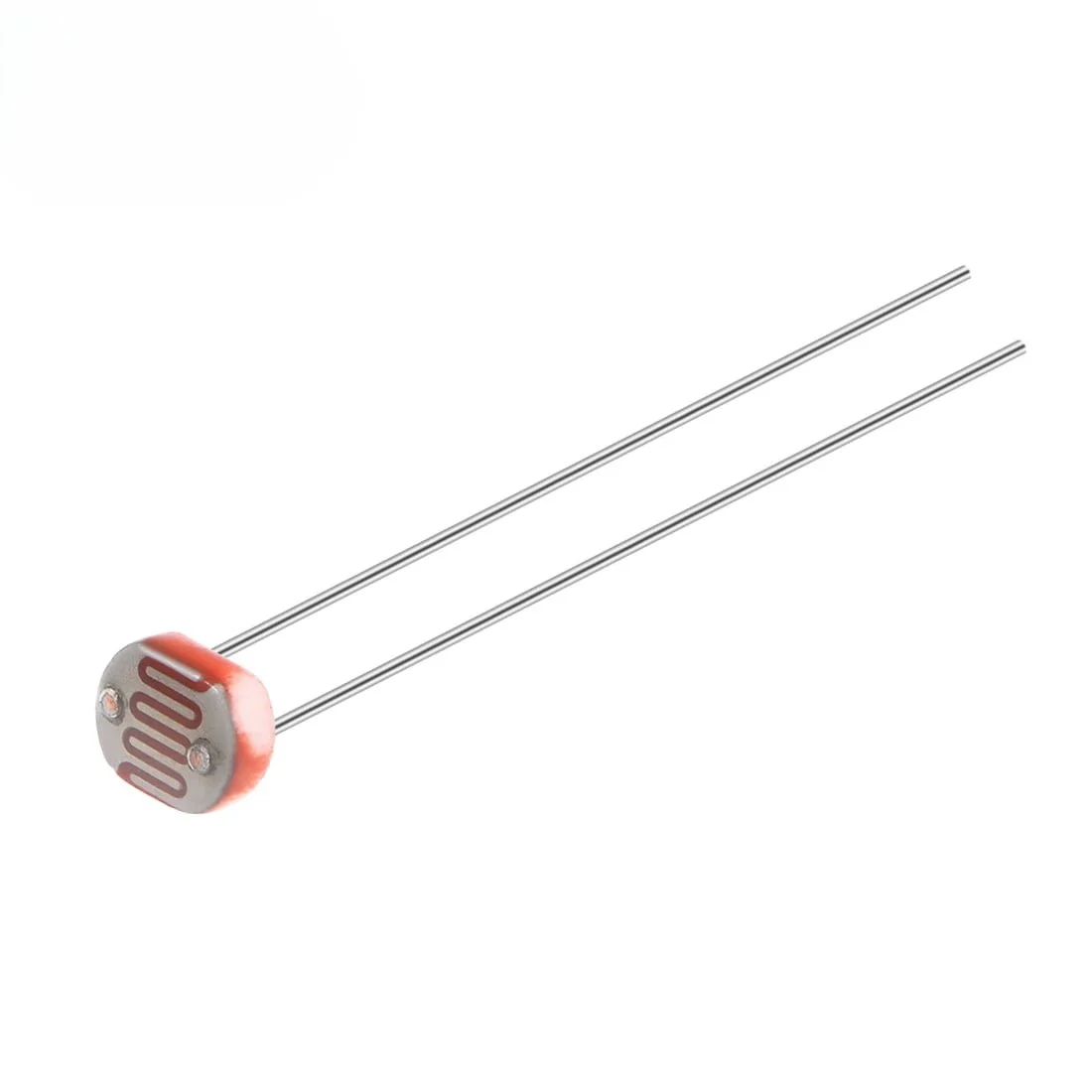

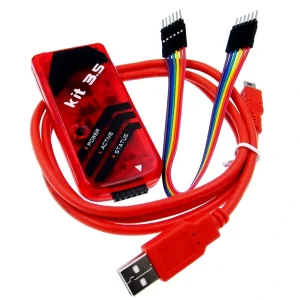
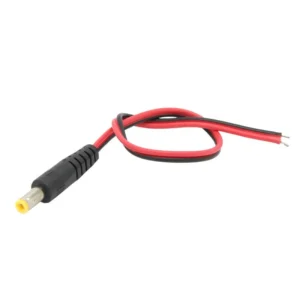
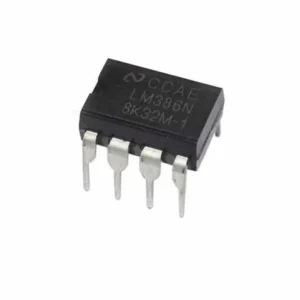
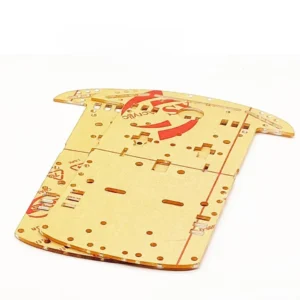
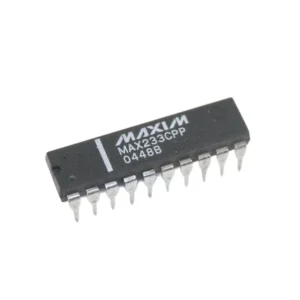
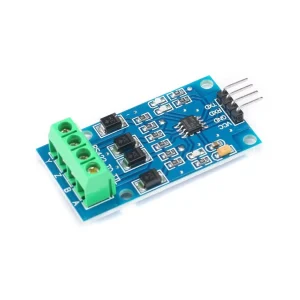
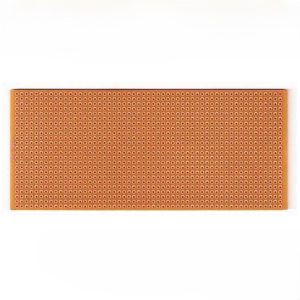
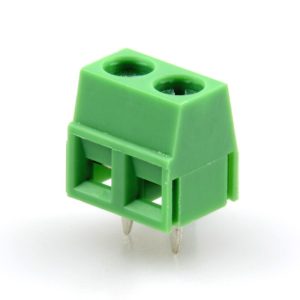
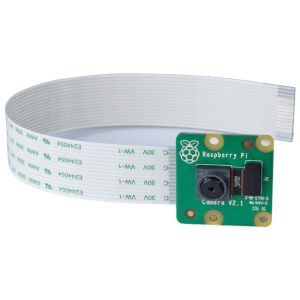
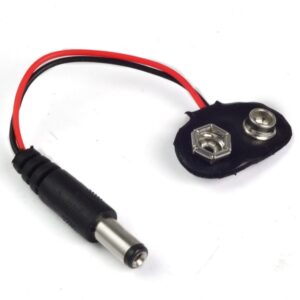

Muzzammil Imran (verified owner) –
Awsome this seller always gives the best products in very cheap price thanks for the products
Muzzammil Imran –